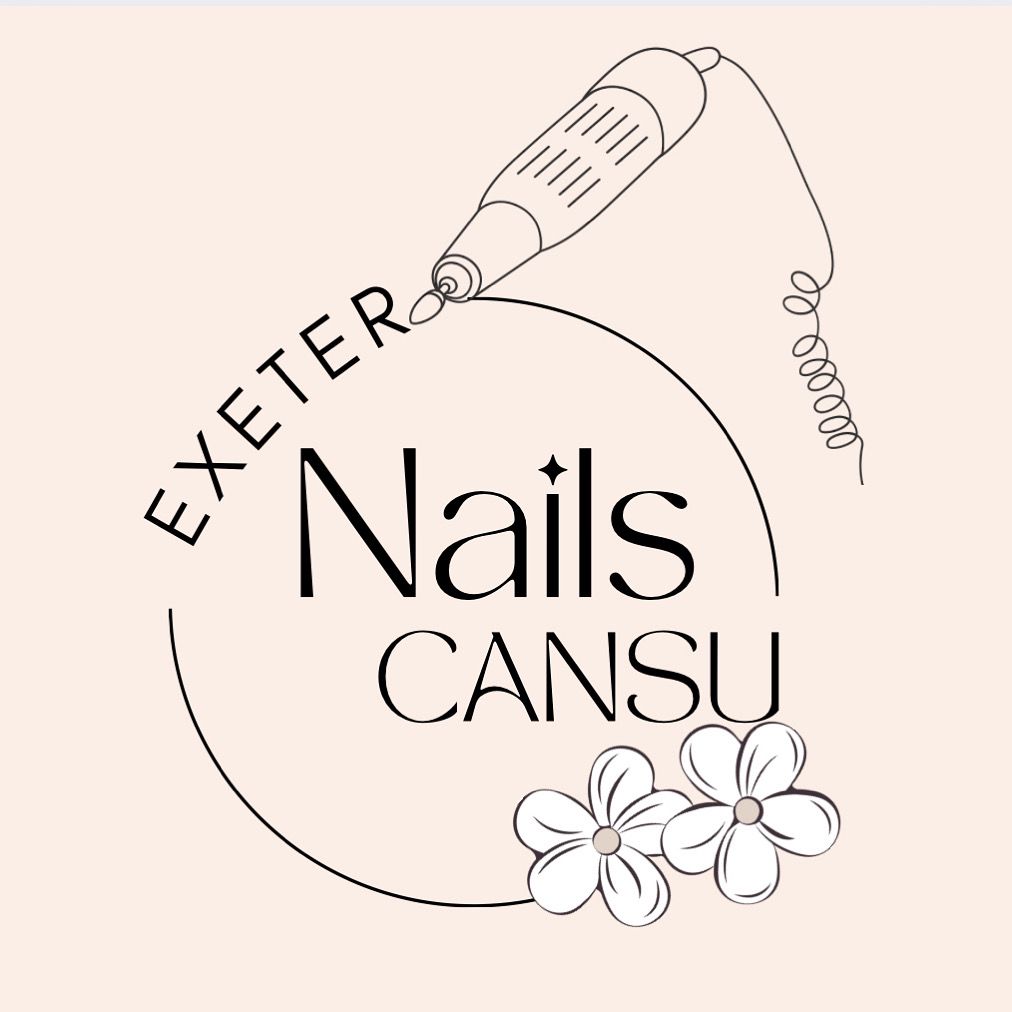Artificial nails have evolved into an essential element of modern beauty and personal grooming. Whether you’re a professional nail technician, a beauty enthusiast, or someone exploring career options in the nail industry, understanding artificial nail models is vital. In this article, we’ll dive deep into what artificial nail models are, their types, uses, applications, materials, trends, and how they play a role in the beauty industry today.
Exeter Artificial Nails Pictures

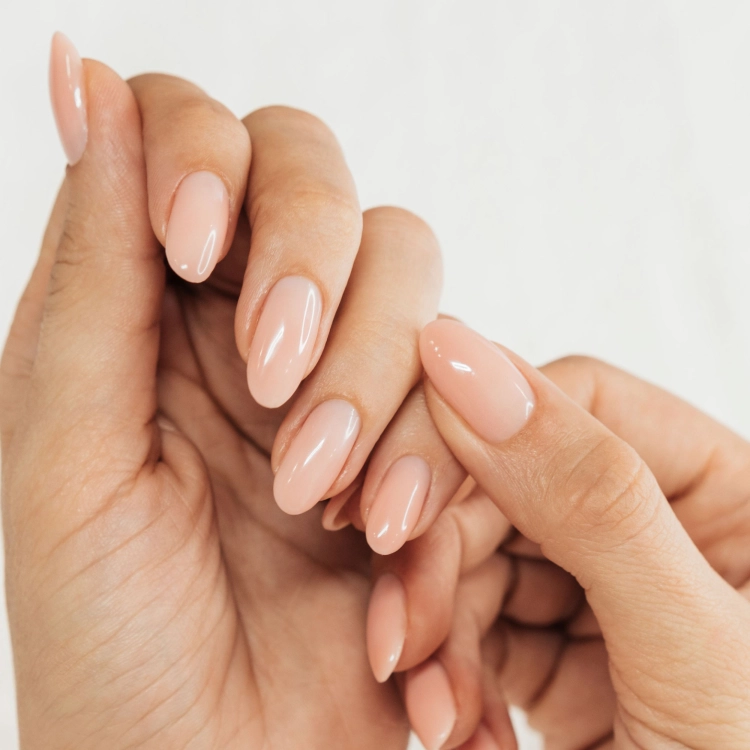

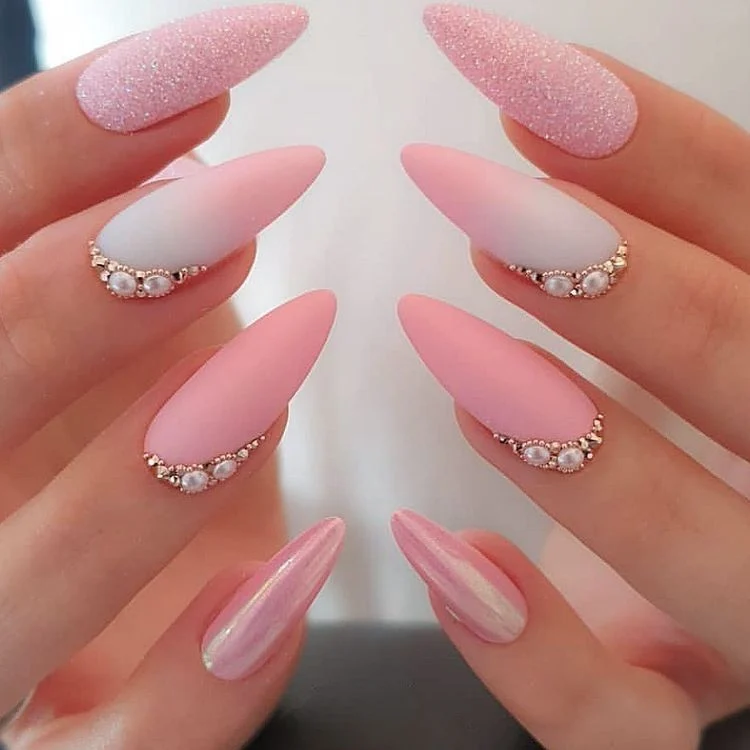
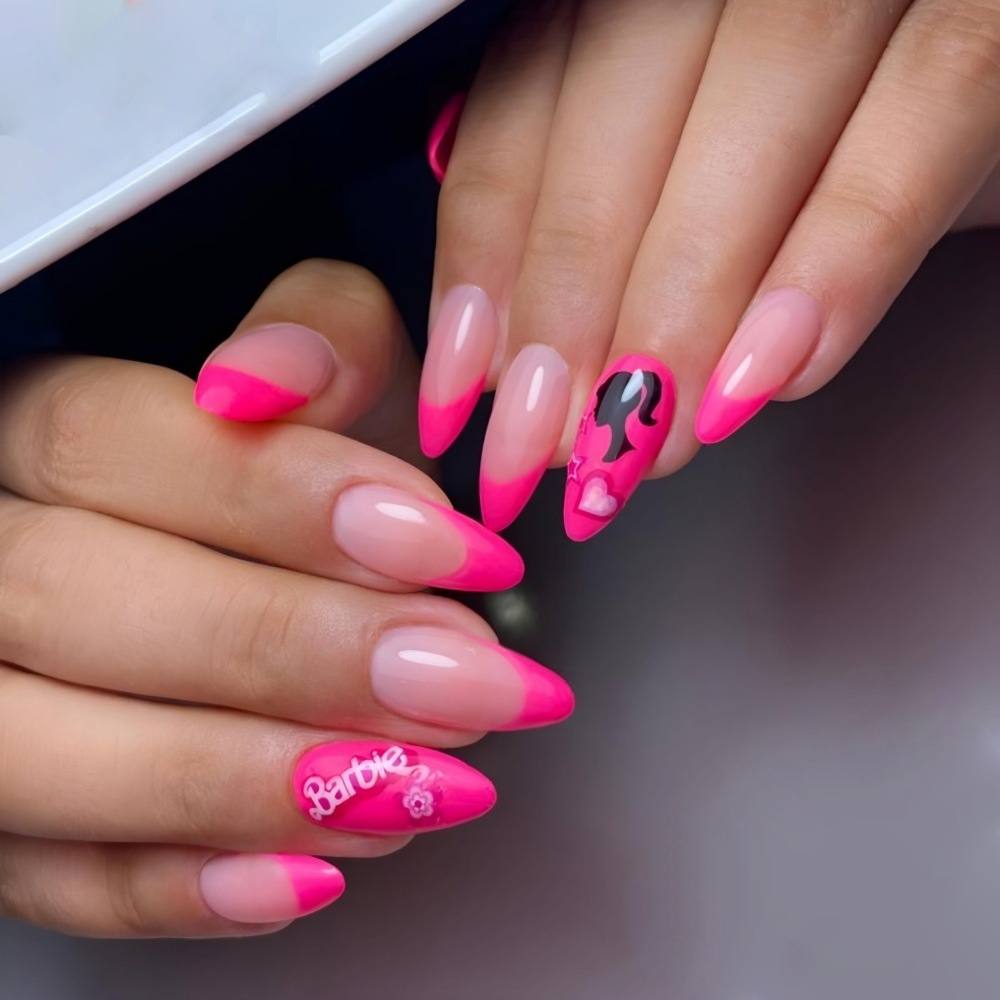
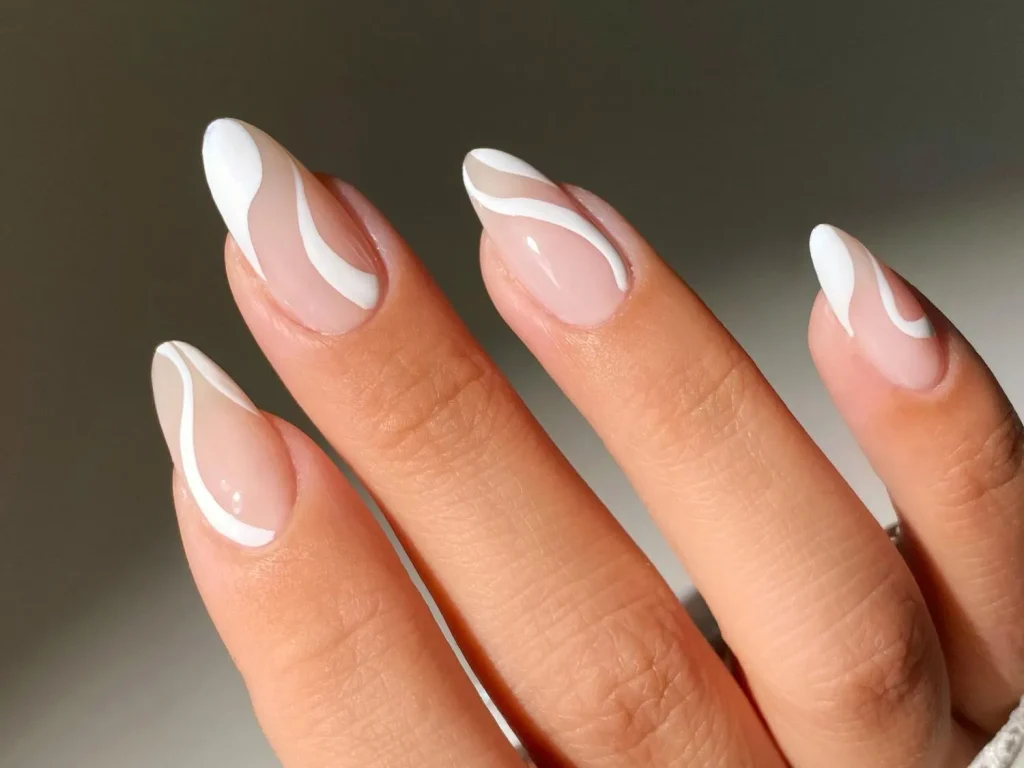
What Are Artificial Nail Models?
Artificial nail models are individuals (or sometimes practice hands or mannequins) used for showcasing, testing, practicing, and perfecting various types of artificial nail techniques. In the professional world, these models are crucial for nail technicians in training, beauty competitions, tutorials, product promotions, and portfolio building.
Artificial nail models can refer to:
- Real human hands (often hired models or clients)
- Silicone or plastic practice hands
- Training fingers or mannequins for nail extensions and designs
Why Are Artificial Nail Models Important?
- Skill Development:
Nail technicians must learn to work on real-life surfaces. Working with live models allows them to understand hand positioning, client comfort, nail structure, and pressure control. - Nail Art Portfolios:
Nail models help technicians build professional portfolios by photographing work done on clean, well-shaped nails. - Beauty Competitions and Exams:
Nail schools and certification programs require students to perform services on models under exam conditions. - Product Demonstrations:
Brands use artificial nail models for campaigns, product tests, or social media content. - Client Consultations:
Using artificial nails on models helps demonstrate nail shape options, finishes, and design possibilities to future clients.
Types of Artificial Nails Used on Models
Artificial nails come in various materials and application methods. Here are the most common:
1. Acrylic Nails
- Made by combining a liquid monomer with a powder polymer.
- Hard and durable.
- Perfect for creating long nail extensions and intricate shapes.
- Popular among professionals and used in competitions.
2. Gel Nails
- Made with soft or hard gel cured under UV or LED lights.
- Natural-looking and flexible.
- Less odor than acrylic and more comfortable for models to wear.
3. Polygel Nails
- A hybrid of gel and acrylic.
- Lightweight and moldable.
- Ideal for students and nail techs practicing nail sculpting on models.
4. Dip Powder Nails
- A powder system that is sealed with a resin-based glue.
- Popular for overlays and natural nail enhancements.
- Often used in demonstrations because of the quick process.
5. Press-On / Tip-Based Models
- Artificial tips or full press-on nails are used for temporary demonstrations.
- Common for photoshoots, social media, and temporary modeling purposes.
Choosing the Right Nail Model for Practice
When selecting an artificial nail model (especially human models), nail techs look for:
- Healthy natural nails with minimal damage or unevenness.
- Varied nail shapes and beds to simulate different client scenarios.
- Comfortable and patient individuals for long training or competition sessions.
- Photogenic hands – clear skin, well-proportioned fingers, no scars or blemishes.
Some training sessions also use silicone hand models that replicate the flexibility and texture of human skin. These are ideal for beginners or for practicing extreme nail shapes (e.g., stiletto, coffin, edge).
Best Practices for Working with Artificial Nail Models
- Sanitize properly before and after each session.
- Ensure nail prep is realistic – cuticle care, buffing, dehydration.
- Communicate with your model for hand positioning and breaks.
- Practice real-world scenarios like broken tips, lifting, or refills.
- Document your work with high-resolution photos in good lighting.
Nail Art Trends on Models
Models are often used to showcase trending nail art styles. Some 2025 trends include:
- Chrome and Mirror Finishes
- 3D Nail Art and Charms
- Airbrush Ombre
- Nude with Neon Tips
- Aurora and Jelly Nails
- Encapsulated Designs (flowers, glitter, foil)
Working on a model allows for experimenting with colors, textures, and bold shapes without the limitations of regular salon clients.
Becoming a Nail Model: What to Expect
If you’re interested in becoming an artificial nail model, here’s what to know:
- Most models are volunteers or paid hourly depending on the setting.
- Be ready to sit for long sessions—sometimes 2–4 hours or more.
- Your natural nails may need to be trimmed, filed, or removed post-session.
- You might be part of photo/video content, so hand aesthetics matter.
- It’s a great way to receive free nail services while helping technicians improve.
The Role of Artificial Nail Models in Beauty Education
In beauty schools, nail modeling is an essential component of the curriculum. Students are required to:
- Work with live models for assessments.
- Practice on training hands to develop muscle memory.
- Perform real-time manicures and extensions during exams.
Institutions often hire or allow students to bring friends or clients as models. Instructors evaluate not only the technique but also client interaction and hygiene.
Conclusion: A Vital Part of the Nail Industry
Artificial nail models play a foundational role in the training, development, and advancement of nail artists. Whether for personal improvement, showcasing designs, or beauty competitions, models help bridge the gap between theory and real-world application.
From perfectly sculpted acrylic extensions to creative nail art expression, the contributions of artificial nail models – human or synthetic – are invaluable in the world of professional beauty.
Frequently Asked Questions (FAQ)
Q: Can I use fake hands instead of real models for practice?
A: Yes, silicone practice hands are great for beginners, but real hands are essential for developing real-life technique and handling.
Q: Are nail models paid?
A: It depends. Some are volunteers for student practice, while others are paid in professional settings or campaigns.
Q: How long does a session with an artificial nail model last?
A: Anywhere from 1.5 to 5 hours depending on the complexity of the service.
Q: What shapes and lengths are best to practice on models?
A: Try multiple styles – square, almond, stiletto, ballerina – to build a versatile skill set.

